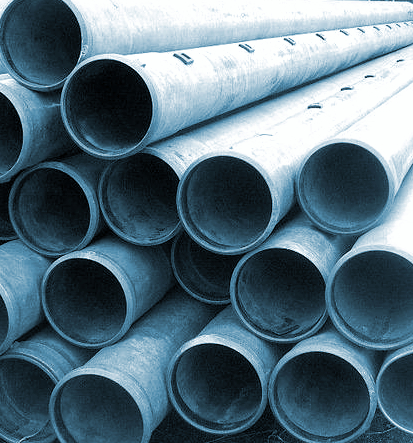Queensland dumps pipe dream

The ‘Bradfield Scheme’ is a proposed Australian water diversion and inland irrigation project to irrigate and drought-proof much of the western Queensland interior by running pipes from monsoonal areas in the far north down and west to drier parts of the state. It was first proposed by civil engineer John Bradfield in 1938, and has occasionally been picked up as an idea to solve ongoing environmental problems ever since.
Most recently, the Queensland Government put together an expert panel, led by Professor Ross Garnaut, to conduct a year-long study into the Bradfield Scheme.
The Palaszczuk Government has now released the report prepared by the expert Bradfield Regional Assessment and Development panel, which concludes that such a scheme would not be feasible.
The findings in the assessment align with the report commissioned by the former Australian Government and prepared by the Commonwealth Scientific and Industrial Research Organisation (CSIRO) - An assessment of contemporary variations of the Bradfield Scheme - which concluded that the original Bradfield schemes and modern variants are not economically viable.
The expert panellists considered the project from a 21st century perspective, and also took into account factors such as climate change, impacts on the Great Barrier Reef, native title and Aboriginal and Torres Strait Islander peoples’ cultural connections.
Professor Garnaut said the panel engaged with a wide range of experts and stakeholders and drew on contemporary engineering, hydrology, water planning and other assessments, including studies by the CSIRO and the Centre of Policy Studies at Victoria University.
It considered the Bradfield Scheme proposal and subsequent proposals to divert northern Queensland rivers inland from the Wet Tropics and Burdekin to create vast irrigation tracts in the outback and as far south as South Australia.
“The Panel concluded that the Bradfield Scheme and similar proposals fall at the first hurdle: there is not enough water available on a consistent basis to support them, while doing all of the other valuable things that water does in the relevant catchments,” Prof Garnaut said.
“The idea of using the immense water resources of northern and central Queensland to promote regional development is sound.
“In today’s circumstances, using the water productively, closer to where it falls, will make a far bigger and more valuable contribution to regional development.”
The report delivered eight recommendations:
-
There is no economic, environmental, social or cultural heritage case for immense storage of water in northern Queensland with a view to its movement over long distances west and south for irrigation. The Panel recommends against proceeding with any of the Bradfield-like proposals
-
There is a strong case for planning and investing in the use of water closer to where it falls to accelerate regional development in central and northern Queensland, including in the Gulf of Carpentaria and Lake Eyre Basin areas
-
Within this development framework, explore the feasibility of four regional water grids
-
Explore and, where viable, build links between these regional water grids so a temporary abundance of water in one grid can be used to balance a temporary dearth in another
-
Make available water work better within individual catchments in northern and central Queensland outside the regional water grids
-
Increase public funding for research into the value of the use of water and land for carbon sequestration and biomass for industry
-
Review all matters affecting pricing of inputs into, and the use of, infrastructure. This should ensure cost-reflective pricing emerges from competitive markets (including water, energy and ecosystem service markets) and encompassing other development inputs. The review particularly needs to examine opportunities for expanding innovation in the role of water markets.
-
Move promptly to establish the proposed new approaches to water development planning. Delays will cause bottlenecks for infrastructure needed to build the WATER Development Zone and to deliver development for adjacent regions in central and northern Queensland.
The report, summary and Queensland Government response can be found here.








 Print
Print